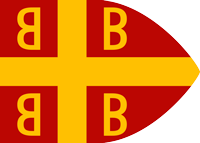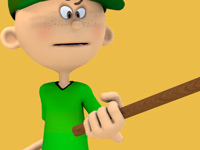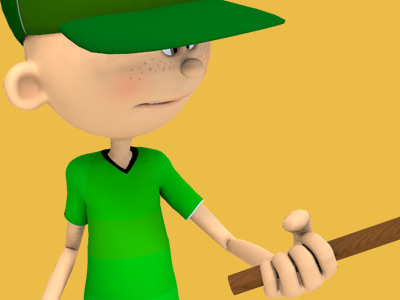History of Polo
Polo originates from ancient Persia. Its invention is dated variously from the 6th century BC to the 1st century AD. Persian Emperor Shapur II learnt to play polo when he was seven years old in 316 AD. The game was learnt by the neighbouring Byzantine Empire The Byzantine Empire, also referred to as the Eastern Roman Empire or Byzantium, was the continuation of the Roman Empire primarily in its eastern provinces during Late Antiquity and the Middle Ages, when its capital city was Constantinople. It survived the fragmentation and fall of the Western Roman Empire in the 5th century AD and continued to exist for an additional thousand years until the fall of Constantinople to the Ottoman Empire in 1453. at an early date. A tzykanisterion (stadium for playing tzykanion, the Byzantine name for polo) was built by emperor Theodosius II (r. 408–450) inside the Great Palace of Constantinople. Emperor Basil I (r. 867–886) excelled at it; Emperor Alexander (r. 912–913) died from exhaustion while playing and John I of Trebizond (r. 1235–1238) died from a fatal injury during a game. Naqsh-i Jahan Square in Isfahan is a polo field which was built by king Abbas I in the 17th century.
The Byzantine Empire, also referred to as the Eastern Roman Empire or Byzantium, was the continuation of the Roman Empire primarily in its eastern provinces during Late Antiquity and the Middle Ages, when its capital city was Constantinople. It survived the fragmentation and fall of the Western Roman Empire in the 5th century AD and continued to exist for an additional thousand years until the fall of Constantinople to the Ottoman Empire in 1453. at an early date. A tzykanisterion (stadium for playing tzykanion, the Byzantine name for polo) was built by emperor Theodosius II (r. 408–450) inside the Great Palace of Constantinople. Emperor Basil I (r. 867–886) excelled at it; Emperor Alexander (r. 912–913) died from exhaustion while playing and John I of Trebizond (r. 1235–1238) died from a fatal injury during a game. Naqsh-i Jahan Square in Isfahan is a polo field which was built by king Abbas I in the 17th century.
Qutubuddin Aibak, the Turkic slave from Central Asia who later became the Sultan of Delhi in Northern India, ruled as a Sultan for only four years, from 1206 to 1210, but died accidentally in 1210. While he was playing a game of polo on horseback (also called chougan in Persia), his horse fell and Aibak was impaled on the pommel of his saddle.
After the Muslim conquests to the Ayyubid and Mameluke dynasties of Egypt and the Levant, their elites favoured it above all other sports. Notable sultans such as Saladin and Baybars were known to play it and encourage it in their court. Polo sticks were features on the Mameluke precursor to modern day playing cards.
Later on, polo was passed from Persia to other parts of Asia including the Indian subcontinent, especially in the Northern Areas of present-day Pakistan (including Gilgit, Chitral, Hunza and Baltistan) since at least the 15th-16th century and China, where it was popular in the Chinese Tang dynasty capital of Chang'an, and also played by women, who wore male dress to do so; many Tang dynasty tomb figures of female players survive. Valuable for training cavalry, the game was played from Constantinople to Japan by the Middle Ages. It is known in the East as the Game of Kings. The name polo is said to have been derived from the Balti word "pulu", meaning ball.
SPORTS

RESOURCES
This article uses material from the Wikipedia article "Polo", which is released under the Creative Commons Attribution-Share-Alike License 3.0.
© Stories Preschool. All Rights Reserved.









